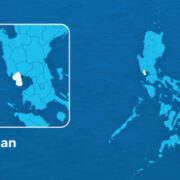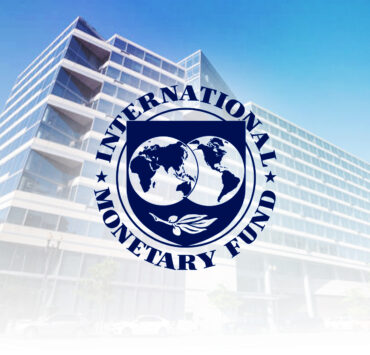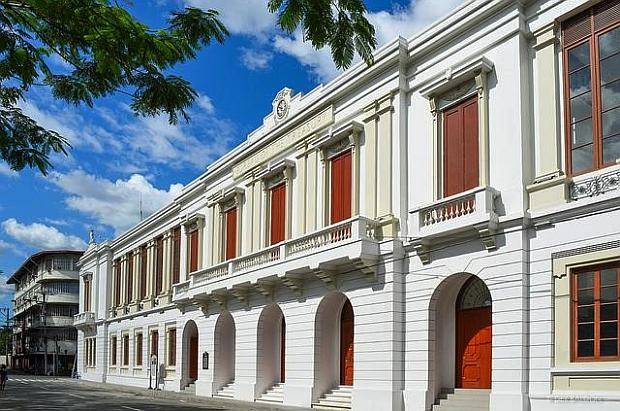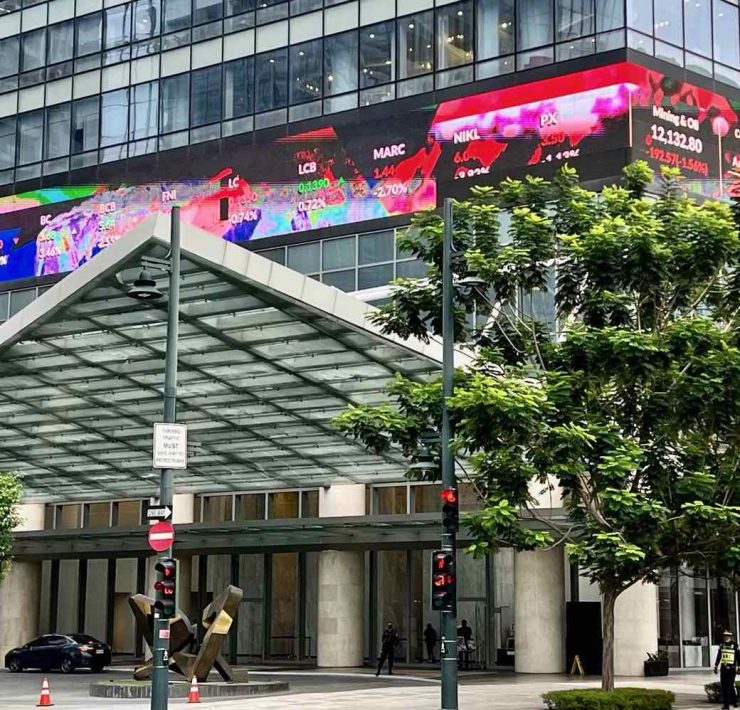BSP: Sept. inflation may have topped 2% on costlier rice, fish
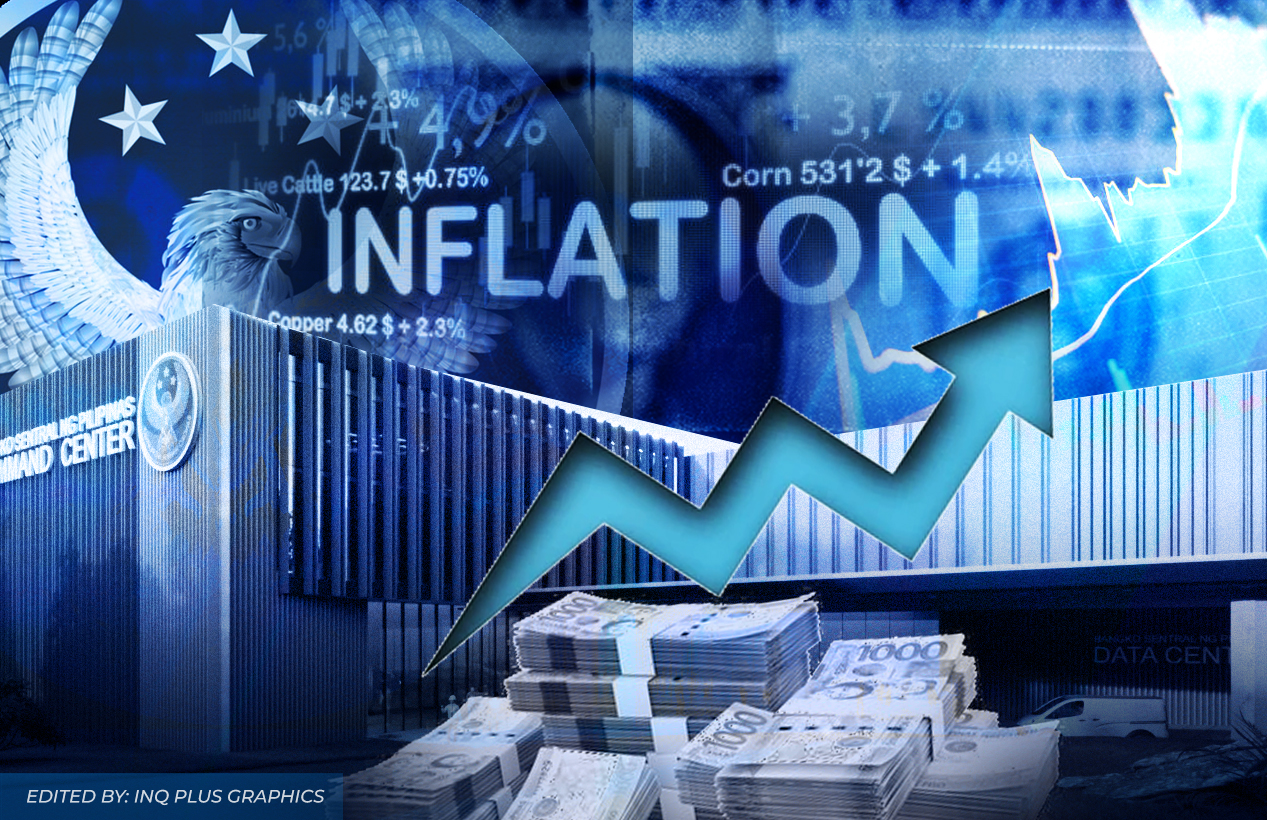
Inflation in the Philippines may have accelerated beyond 2 percent in September, driven by rising rice, fish and fuel costs, the Bangko Sentral ng Pilipinas (BSP) said, though the central bank’s estimate showed that price growth was still likely to remain within its target range.
In a statement on Wednesday, the BSP predicted that the consumer price index may have settled between 1.5 and 2.3 percent last month. This forecast suggested that the upcoming inflation number due on Oct. 7 may beat the 1.5-percent clip recorded in August.
Even so, the central bank expected price growth to stay within its 2 to 4 percent target range.
“Upward price pressures for the month are likely to arise from higher prices of rice and fish. Elevated domestic fuel costs likewise contribute to upside price pressures for the month,” the BSP said.
“These pressures could be partially offset by the decline in vegetables and meat prices along with lower electricity rates,” it added.
Policy steps
The stretch of subdued price gains could influence the central bank’s next policy steps. Last August, the BSP trimmed its benchmark rate by a quarter point to 5 percent—a level Governor Eli Remolona Jr. described as “Goldilocks,” neither too low to fuel inflation nor too high to choke economic growth.
Market observers said the BSP’s easing cycle was close to running its course. But Remolona kept options open, signaling the Monetary Board could consider another reduction at its October or December meetings if demand shows signs of weakening.
Jonathan Ravelas, senior adviser at Reyes Tacandong & Co., said inflation could remain below 2 percent for the rest of 2025, absent any major shocks.
“For the remainder of the year, there is a chance inflation could edge higher with holiday demand, weather risks and movements in global oil prices,” he added.
Aris Dacanay, economist at HSBC Global Investment Research, believed that the BSP may leave its policy rate unchanged at its Oct. 9 meeting, which would be a “tough call between a hawkish cut or a dovish hold.”
“The only guidance provided by the BSP, so far, is that the central bank could lower interest rates in as early as October if there are signs that the economy is already losing momentum,” Dacanay said in a commentary.
“We think there is limited data to conclude with conviction that, indeed, the economy is slowing down. While consumer vehicle purchases are falling and government capital spending tightening, goods exports are still holding up,” he added.











